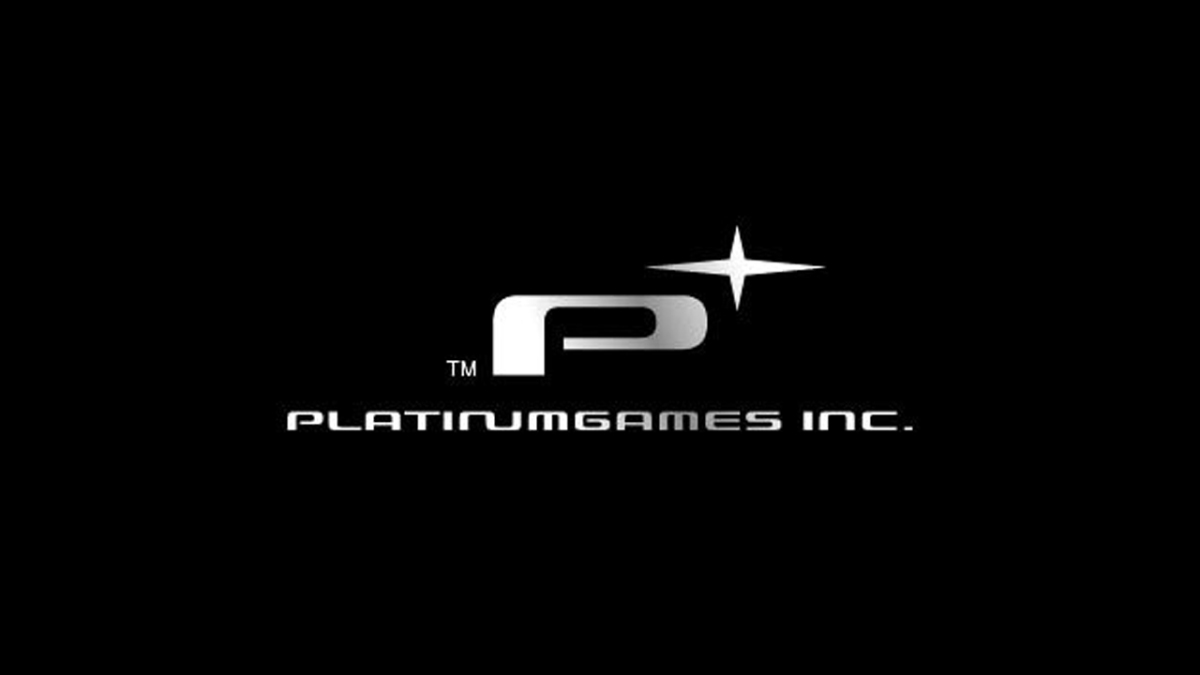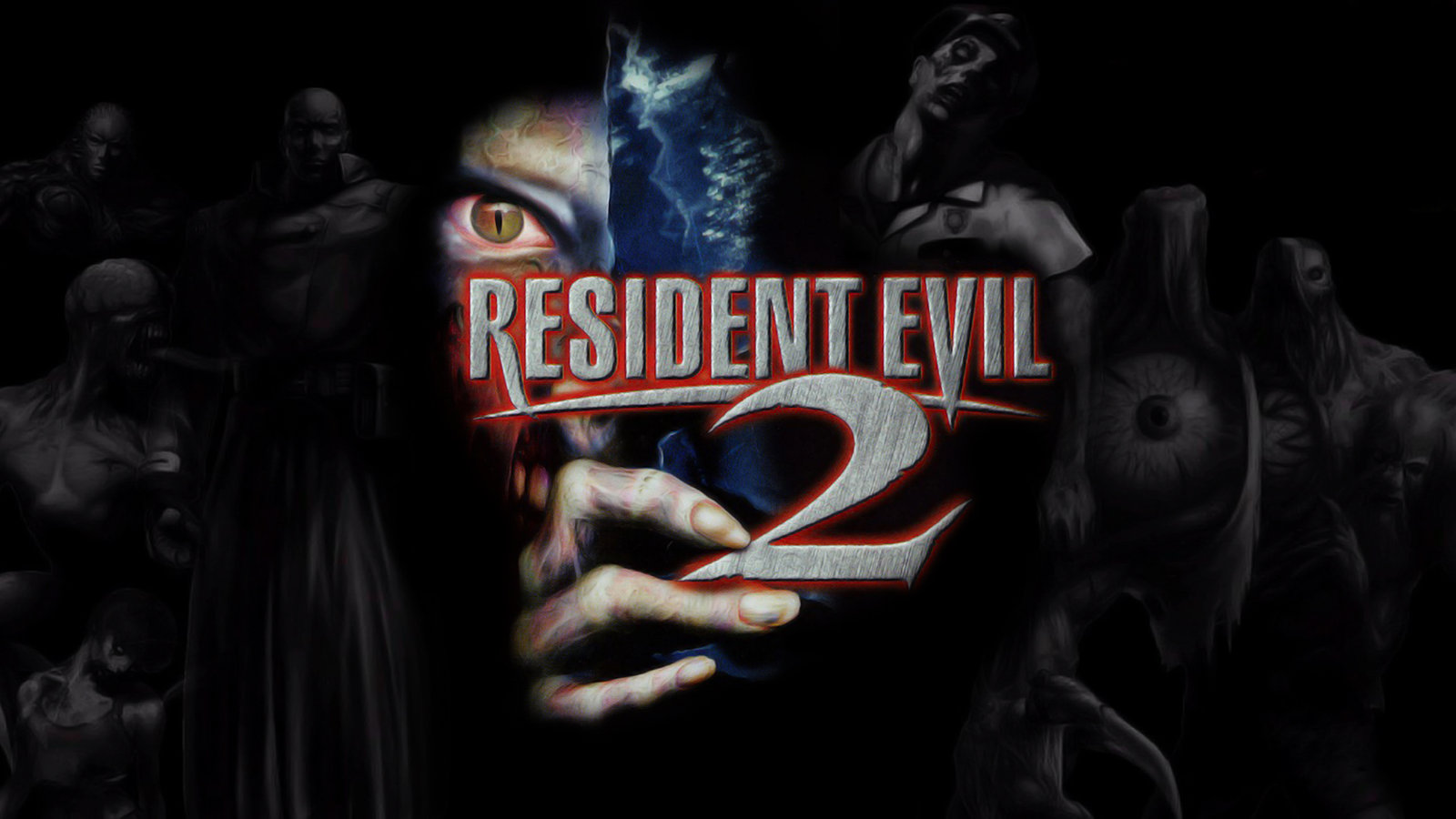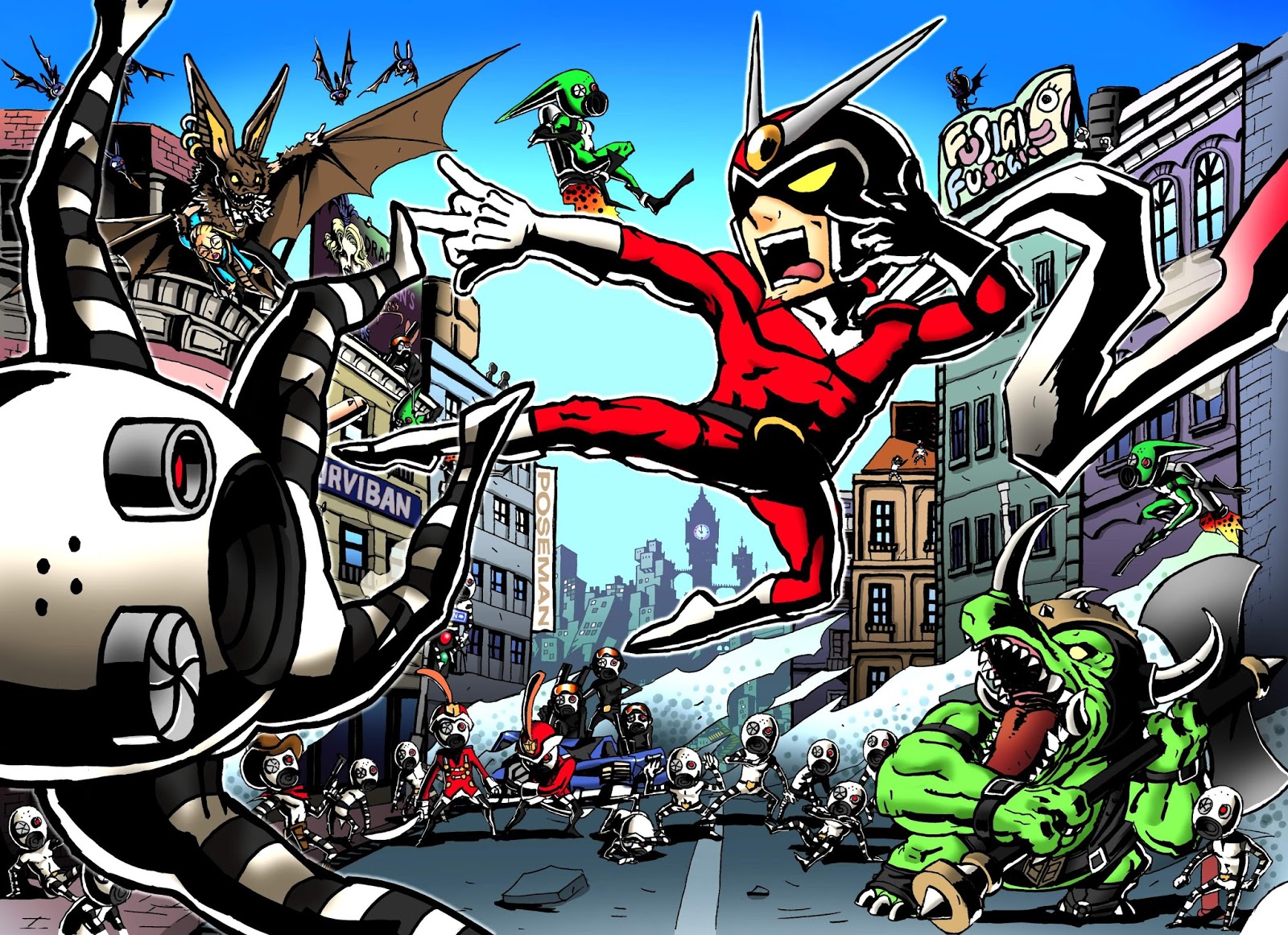You may know Hideki Kamiya as that guy that blocked you on Twitter after you asked him if Viewtiful Joe 3 is ever going to happen.
REPEAT for insects: Don’t try too hard.http://t.co/BxIoirexLP
— 神谷英樹 Hideki Kamiya (@PG_kamiya) March 6, 2015
But if you only know Kamiya for his Twitter shenanigans and for his work with PlatinumGames, you’re missing out on the story behind the rise, fall, and, well, second rise of one of the industry’s most innovative gamemakers.
Capcom and Team Little Devils
Hideki Kamiya decided to become a game developer at an early age after reading an interview of Shigeru Miyamoto in a gaming magazine. At the age of 24, he was hired by Capcom as a designer to help with the creation of what would become the first Resident Evil game.
After the success of the first game, Kamiya was given the chance to direct the sequel. People familiar with Kamiya’s later work with Platinum Games should not be surprised to hear that series creator Shinji Mikami often butted heads with the man after Kamiya worked to give Resident Evil 2 a much more cinematic, “hollywood” tone. This stylish design and direction philosophy would inform Kamiya’s game-making and direction even to this day.
The next major game Kamiya was involved with was Devil May Cry, a game that arose from Kamiya’s drive to build an action game that was, above all, “cool”. Devil May Cry originally began as a prototype for Resident Evil 4, but when Kamiya and his colleagues discovered that the horror genre didn’t allow for as many flashy, stylish moments, they made the decision to position the game as an entirely new IP.
This led to the creation of Team Little Devils, a team within Capcom that was responsible for Devil May Cry‘s development. On a larger scale, however, the formation of this team represented a significant step in Kamiya’s career, as it was his first experience heading up and leading a relatively independent development team that focused on the creation of new and unique intellectual properties. Sound familiar?
The Meteoric Rise And Sudden Fall Of Clover Studios
After it was announced that Team Little Devils would not be responsible for any of the Devil May Cry sequels, Kamiya surrounded himself with a team of like-minded developers within Capcom, and created the independent development studio Clover Studios. While the team was funded directly by Capcom, Clover was relatively independent, and was able to focus on creating new game series with fresh ideas — in fact, the name Clover was chosen not just to represent the plant, but as a combination of the words “creativity” and “lover”. This was also the point in Kamiya’s career when he would team up with Atsushi Inaba for the first time. The producer to his director, the Inaba-Kamiya partnership would continue to this day.
Clover’s first game, the wildly successful Viewtiful Joe, followed in the footsteps of Devil May Cry and offered up many of the gameplay elements that would come to define Kamiya’s games in the future. It had fluid, flashy combat, extreme levels of difficulty, and a focus on coolness that bordered on becoming silly or cheesy.
The “Kamiya-ness” of Viewtiful Joe paid off, and of the 6 total games developed by Clover Studios, 4 were related to the Viewtiful Joe IP.
In 2006, however, the team released a game that represented a tonal shift from Kamiya’s and Clover’s previous games. Okami, with the possible exception of its deep and stylish combat system, had very little in common with Kamiya’s previous games.
A pure adventure title, Okami was more similar to games like The Legend of Zelda: The Ocarina of Time than Devil May Cry. In addition to the challenges posed by tackling an unfamiliar style of game, Kamiya went all-in on a striking visual style, as well as unique game mechanics like the celestial brush, a paintbrush that was able to change the world of the game. This all successfully set Okami apart from similar adventure titles, but each of these elements represented a significant risk by the team. They had never done anything like this before.
Though the game was critically acclaimed, and remains a fan favorite to this day, it sold poorly and was the first nail in Clover Studios’ coffin. The second and final one came in the form of God Hand, a PS2 brawler.
Despite the fact that Kamiya himself was not involved with the title, God Hand was perhaps the most “Kamiya” game Clover Studios ever released. Unfortunately, it was so for all the wrong reasons. The game was difficult to the point of frustration, and the central game mechanics were incredibly clunky and imprecise. Though God Hand‘s silly animations and overall dedication to coolness secured its fate as a cult classic like Deadly Premonition and similar cheesy titles, God Hand was a critical and financial failure, garnering just a 3/10 from IGN. Other outlets panned the game similarly, but also noted that the game, for all its flaws (and there were many) was, at heart, fun. In their review of the game, The AV Club noted that “Playing this flawed, oddball offering is like flushing your neurotransmitters with Red Bull—painful, mind-expanding, and occasionally laughter-inducing.”
Given the poor performance of both of these games, Capcom attempted to re-absorb Clover Games into the company, but given the fact that this would make any true innovation much more difficult (especially given a rumored rule at Capcom which dictated that at any time, the vast majority of games in development had to be sequels), Kamiya decided to strike out on his own, taking Atsushi Inaba and Shinji Mikami with him.
PlatinumGames
Immediately after leaving, Kamiya, Inaba, and Mikami formed PlatinumGames with other former Capcom employees. Since leaving Capcom meant that all the intellectual property they had created stayed with the company, PlatinumGames was essentially back at square one, needing a flagship IP to kickstart sales. Within only two years, PlatinumGames forged a deal with SEGA to create 4 games: Bayonetta, MadWorld, Vanquish, and Infinite Space.
Each of these games released to a certain amount of success, with even the poorer performers like MadWorld garnering critical acclaim. It was the breakout success of Bayonetta, however, that would cement PlatinumGames as a hub for innovation in action gaming.
Though Bayonetta did not beat PlatinumGames’ sales target, it did move over 1 million copies total. This was enough to catch the eye of Nintendo, who approached PlatinumGames to commission a sequel that would be released exclusively on the Wii U. That relationship has since deepened, with Bayonetta appearing in the newest Super Smash Bros. game, and PlatinumGames aiding in the development of Star Fox Zero.
Since that time, PlatinumGames has carved out a very specific niche for itself, creating stylish action games on what almost seems like a commissioned basis. Most recently, they have found success adapting licensed properties into fun, visually striking, and respectful video games. Their video game adaptations of the Avatar: The Last Airbender and Transformers series both released to acclaim, and the release of their next licensed title, a Teenage Mutant Ninja Turtles game is right around the corner, releasing on May 24.
That said, Hideki Kamiya is not personally involved in any of these projects. He was not involved in Star Fox Zero or Metal Gear Rising: Revengeance either. As has been the case since he got his first job at Capcom in 1994, Kamiya appears to primarily enjoy working either on new games, or on sequels to games he has created.
Scalebound And The Future Of Hideki Kamiya
Reading any interview with Hideki Kamiya, hearing him talk about the upcoming Xbox One game Scalebound, it is clear that he views this title as a special one. Certain key words and phrases come up often: “new”, “innovation”, “we’ve never done this before”. Similar to Kamiya’s experience creating Okami, he and PlatinumGames are jumping right into creating a type of game they’re completely unfamiliar with. Above and beyond that, they are setting the bar extremely high for themselves, aiming for photo-realistic graphics, a complex and intricate cooperative battle system, innovative multiplayer, and an epic, sweeping story at the heart of it all that ties everything together.
Perhaps that’s part of why the game was recently delayed into 2017. Perhaps PlatinumGames has bitten off a bit more than they could chew with Scalebound and it needs more time to percolate. Perhaps even that extra time won’t be enough for the team to release a polished, complete, and successful final product.
That said, if the past is any indication, no bar has been too high for PlatinumGames. And now that they have a loyal fan following who can turn critical success into financial success, as well as the backing of some of the biggest studios and producers in the video game business, it seems that PlatinumGames and Hideki Kamiya are both headed for great things.
What do you think? Are you excited for Scalebound? Feel free to share your favorite memories of Kamiya’s games down in the comments, or hell, if you, like me, think that God Hand was criminally underrated, let us know that too. Personally, I’m still waiting for Viewtiful Joe 3, so if any of y’all have connections over at Capcom, tell ’em to make it happen.












Published: May 9, 2016 11:36 am